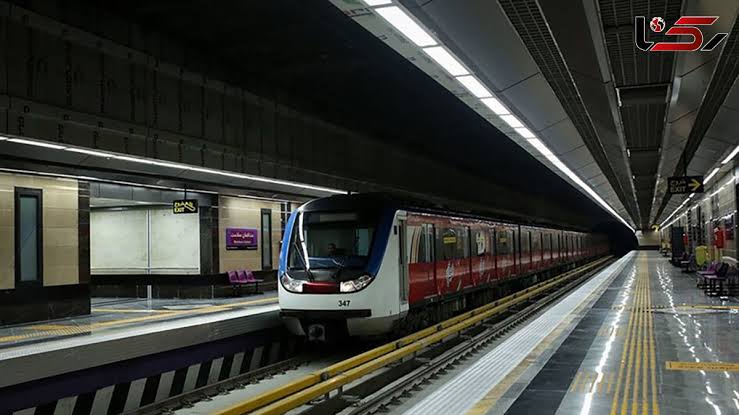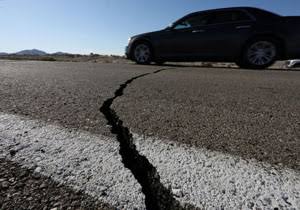Young Woman’s Suicide in Tehran Metro; Experts Warn of 10% Annual Increase in Suicide Deaths
Tehran-Hammihan-newspaper reported a shocking incident of a young woman's suicide at the "Teatro Shahr" metro station in Tehran. The incident occurred on Monday, 18th of Farvardin 1404, and according to eyewitness testimonies, the individual threw herself onto the metro tracks, resulting in her death.

Weezharoz– According to witnesses, at least two officers were present at the station before the incident, but when the tragedy occurred, there was no security personnel at the scene, and the metro police were stationed in the upper part of the station.
Eyewitnesses emphasized that the lack of adequate supervision in metro stations could contribute to the increase in such incidents.
Meanwhile, Hamid Yaghoubi, the head of the Iranian Suicide Prevention Association, warned that in the past four years, suicide-related deaths in the country have increased by 10% annually.
He added that this growing trend has placed Iran in a more critical position compared to the global average.
Experts stress the importance of recognizing warning signs such as expressions related to depression or a desire to end one’s life, which require immediate intervention.
According to the Suicide Prevention Association’s data, in 1401, suicide was the third leading cause of death in the 15-29 age group.
Additionally, cities like Ilam, with a suicide rate of 18.7%, are experiencing a rate two and a half times higher than the national average of 8.1%.
On the other hand, official suicide statistics have been halted since 1401, which presents a barrier to accurate analysis and preventive planning.
Psychotherapy experts identify economic, social, and political factors as key contributors to the rising suicide rates.
Poverty, unemployment, gender inequality, and social restrictions are among the reasons that particularly impact vulnerable groups such as housewives (with 32.8% of suicide attempts) and workers (32% of cases).
This incident once again highlights the urgent need for attention to mental health infrastructure and increased surveillance in public spaces.
Until policymakers focus on transparency and strengthening supportive programs instead of covering up the statistics, the cycle of deaths due to hopelessness will continue.
Weezharoz




